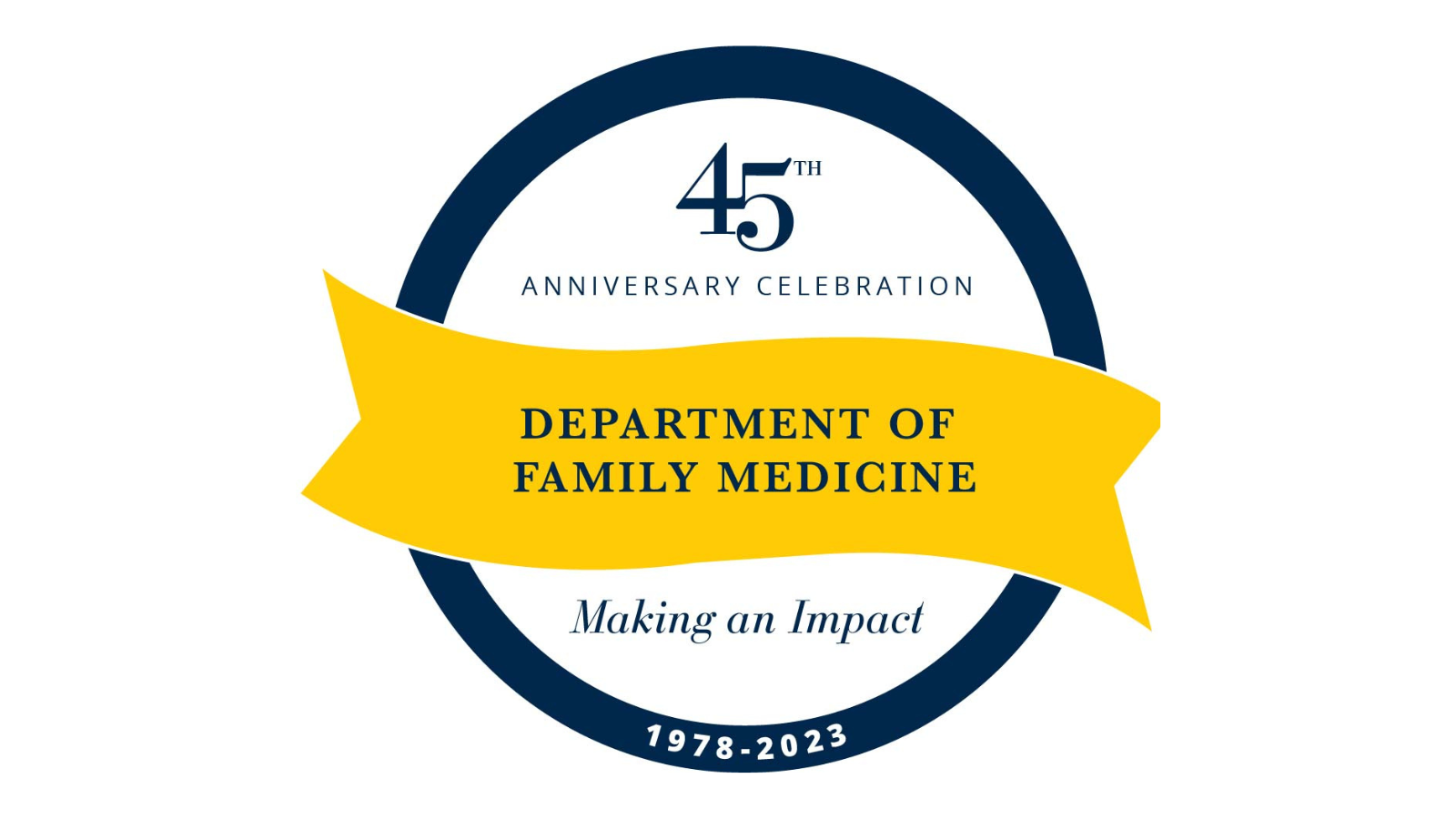A new paper co-authored by Diane Harper, MD, MPH, MS, professor in the Department of Family Medicine, evaluates the cost-effectiveness of a novel, dual-staining (DS) cytology triage test that can facilitate earlier and more accurate cervical cancer screening.
DS uses two stains for the p16 and Ki67 proteins in a cervical cytology specimen. The presence of the p16 protein in the cytoplasm indicates persistent high-risk Human Papillomavirus (HR HPV) infection. The presence of Ki67 protein in the nucleus indicates oncogenic cell proliferation. The DS pattern differs distinctly from the liquid-based cervical cytology test staining.
DS, when used as a triage test in the current practice of co-testing (HR HPV testing and cervical cytology), reduces the number of false positives and unnecessary follow-up procedures, as DS provides a more specific identification of high-risk cellular changes.
This can be particularly beneficial in cases where women have tested positive for HR HPV but cytology results do not show high-grade squamous intraepithelial lesions (HSIL). DS helps identify women whose cells do not show cancer potential and do not need invasive follow-up. This can be reassuring for both women and their physicians.
Most importantly, all sensitivity analyses and DS microsimulation model parameters proved cost-effective. However, the cost-effectiveness of DS fluctuated depending on the values inputted into the model. The most influential parameters were the costs of the DS, the HPV test, and the percentage of abnormal cytology results. Other influential parameters were the risk of progression and regression of cervical intraepithelial neoplasia lesions.
In their study, Harper and her colleagues compared the cost-effectiveness of three different testing strategies. The first two strategies are commonly used in practice today; the third strategy uses DS cytology as a triage test:
- Standard of care 1: co-testing using a pooled HR HPV test with cervical cytology. In this algorithm, only the result of HR HPV positive and a negative for an intraepithelial lesion or malignancy (NILM) would be genotyped, whereas women with HPV 16 or 18 would be recommended for a colposcopy. Those positive for at least one other HR HPV type (among 12 other kinds) would require the woman to return within a shortened screening interval.
- Standard of care 2: co-testing using HR HPV genotyping and cervical cytology. In this algorithm, four different sets of results require the recommendation of colposcopy: HSIL; HPV 16/18 with NILM; at least one of the 12 other HR HPV types and atypical squamous cells of undetermined significance (ASCUS); and at least one of 12 other HR HPV and low grade squamous intraepithelial lesion (LSIL).
- Comparison strategy: co-testing using HR HPV genotyping and cervical cytology. In this strategy, women positive for at least one other HR HPV type (among 12 others) with a NILM, ASCUS, or LSIL cytology would undergo DS triage. If the DS were negative, the patient would be reassured that test results returned negative for pre-cancer or cancer and would return for further testing after a shortened interval.
The researchers found that including DS cytology triage as part of a co-testing strategy was more cost-effective compared to the current standard of care. Using DS led to measurable improvements in quality-of-life for women. DS triage costs an incremental $62 to reduce the incidence of cervical cancer and decrease the risk of dying from cervical cancer -- compared to the current standard of care strategies -- with an incremental cost-effectiveness ratio (ICER) of $25,348. This cost is well below the $50,000-$100,000 ICER to adopt new triage tests.
Although the standard of care algorithms examined in this study were less expensive than the DS triage test, they resulted in a decreased quality of life and a decrease in life years.
“With co-testing as the base strategy for cervical cancer screening, DS triage testing can contribute to significant efficiencies in cervical cancer screening by eliminating unnecessary colposcopic biopsies,” Harper said. “More importantly, our next analyses will examine the cost-effectiveness of DS triage when co-testing has been replaced by primary HPV testing for average risk, asymptomatic women.”
ALSO READ: Dr. Diane Harper tapped to lead NCI clinical trial site
Article cited:
Harper, D. M., Anderson, R. J., Baker, E., Yu, T. M. (2023). Cost-effectiveness of p16/KI-67 dual-stained cytology reflex following co-testing with HRHPV genotyping for cervical cancer screening. Cancer Prevention Research. https://doi.org/10.1158/1940-6207.capr-22-0455



